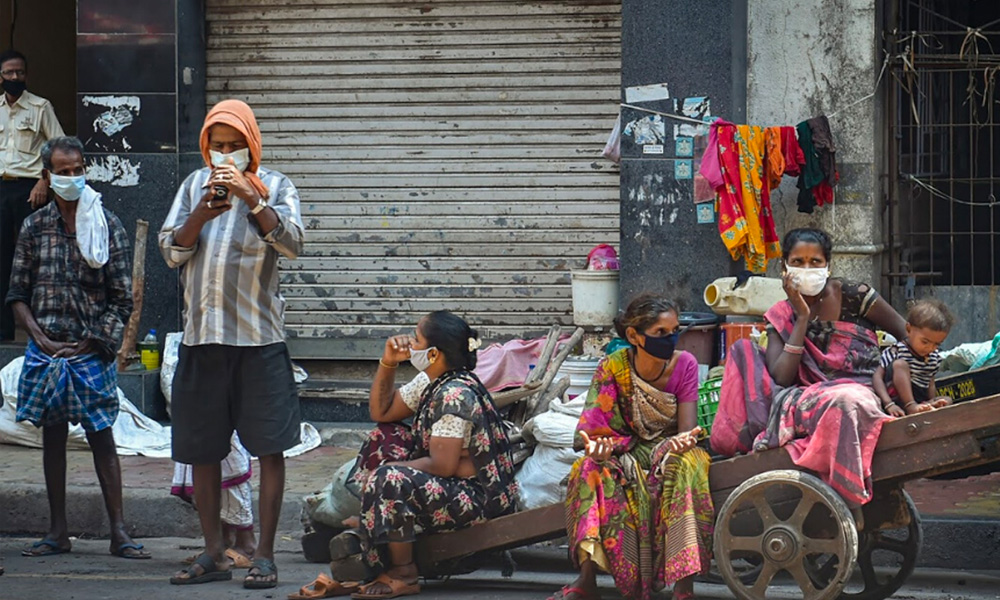
Image Credit: News18
Unemployment Rate In India Rises To 23.4%, Highest Since Sept 2016: CMIE Data
India, 8 April 2020 12:04 PM GMT | Updated 8 April 2020 12:16 PM GMT
Editor : Shubhendu Deshmukh
Shubhendu, the quint essential news junky, the man who loves science and politics in equal measure and offers the complete contrast to it by being a fan of urdu poetry as well.
The data points at a halt in economic activities across manufacturing and services industry that caused massive job losses and a migrant exodus from big cities due to COVID-19 lockdown.
India's unemployment rate surpassed 23 per cent in the last week of March and the first week of April, according to the Centre for Monitoring of Indian Economy (CMIE) data released on Tuesday.
A large amount of unemployment is being attributed to the COVID-19 lockdown due to which several labourers have lost their daily wages.
The data showed that the urban unemployment rate in the country soared to 30.9 per cent. The significant increase in the figures pulled the unemployment rate to 8.7 per cent in March, the highest since September 2016, CMIE said. The unemployment rate stood at 7.7 per cent in February and 7.1 per cent in January.
Pronob Sen, India's former chief statistician said that the rise in unemployment was expected. However, the improvement in the unemployment levels in the coming weeks will depend on how production gets unlocked.
The data also points at a halt in economic activities across the manufacturing and services sector that has caused massive job losses and a migrant exodus from big cities.
The worst affected have been those in small industries, construction and textile sectors, services like hotels, transportation, and daily wage workers. Nearly one-third of the workforce constitutes casual workers, who do not have a safety net if the economic flux continues to exist.
CMIE releases unemployment data every month and on a daily moving average basis. Mahesh Vyas, managing director and chief executive of CMIE, called the figures for March "worrisome".
"It is evident that there was a significant fall in employment and there is a simultaneous significant increase in unemployment in March 2020. And, this is what shows up in the rather sharp rise in the unemployment rate," Vyas wrote on the CMIE website.
"In March 2020, the labour participation rate fell to an all-time low, the unemployment rate shot up sharply and the employment rate fell to its all-time low… In March, the labour participation rate or the active workforce in a country that is either employed or is unemployed but actively looking for jobs fell below 42 per cent for the first time to 41.9 per cent, from 42.96 per cent in January," he added
The CMIE chief also cautioned that the sample size towards the end of March was marginally lower due to the nationwide lockdown. The sample size was about 84,000 as compared to an average sample size of 1.17 lakh.
"At the moment, the bulk of the economy is under a shutdown. When it is lifted, many factors will come into play. How industries will ramp back production, whether workers who have gone back home will immediately come back? Besides this, fear will be another factor. Until the threat of COVID-19 recedes from people's minds, there will be uncertainty," Sen added.
Significant job losses have occurred in other economies since the outbreak of the pandemic. In the US, nearly 10 million workers filed unemployment claims in the past fortnight.
Also Read: India's Unemployment Rate Increases To 7.78% In February, Highest In 4 Months: CMIE Data
 All section
All section













